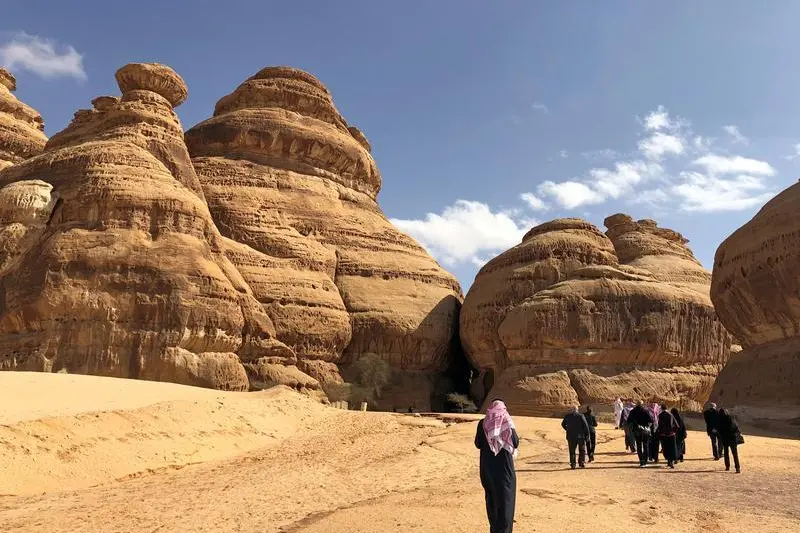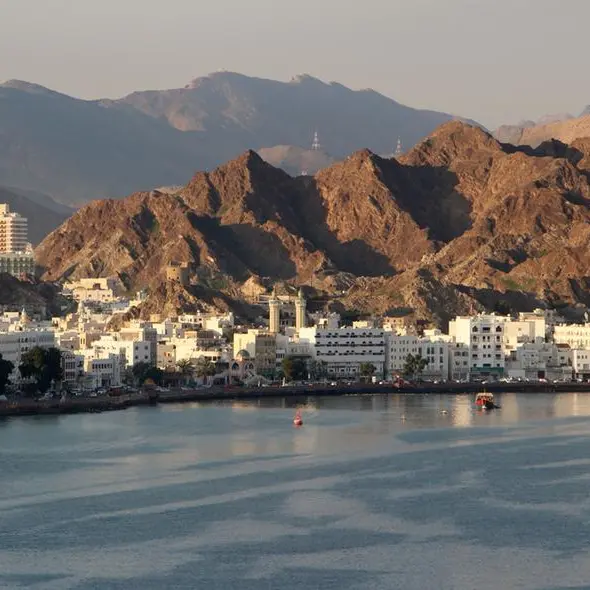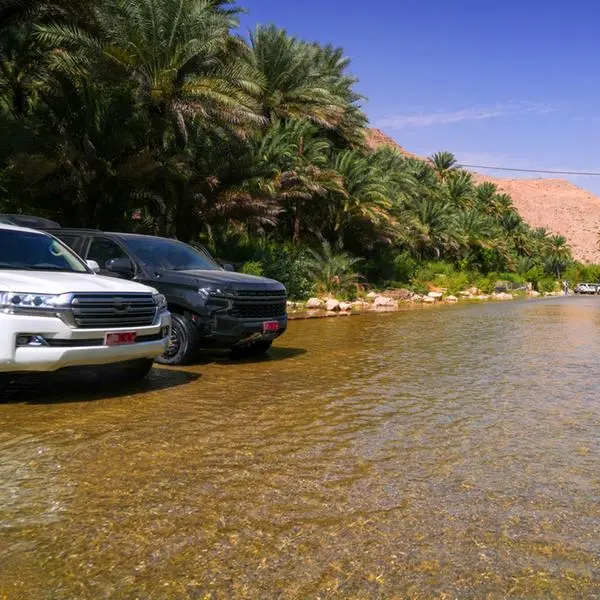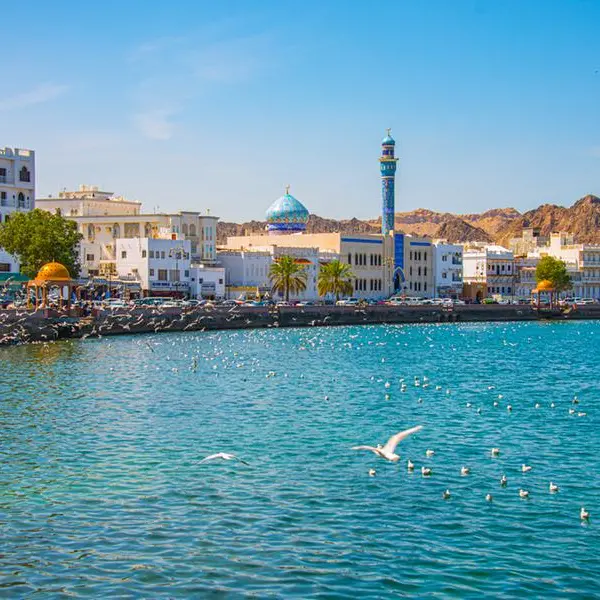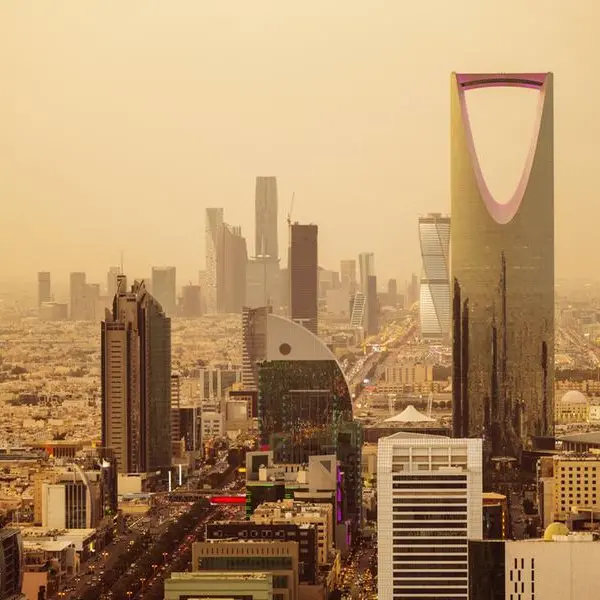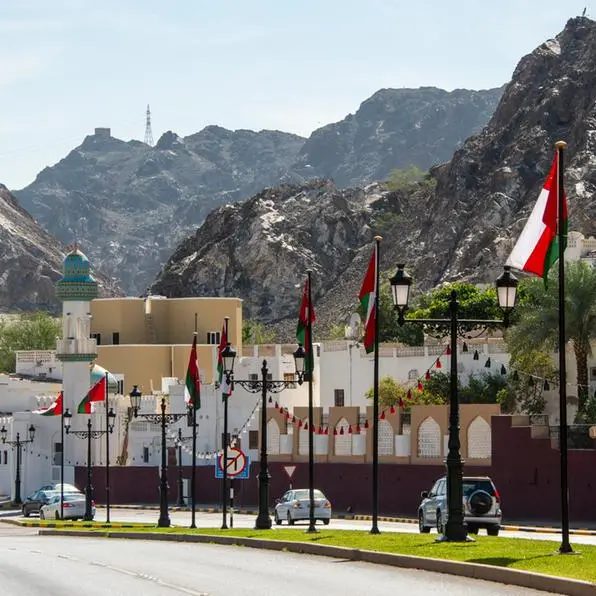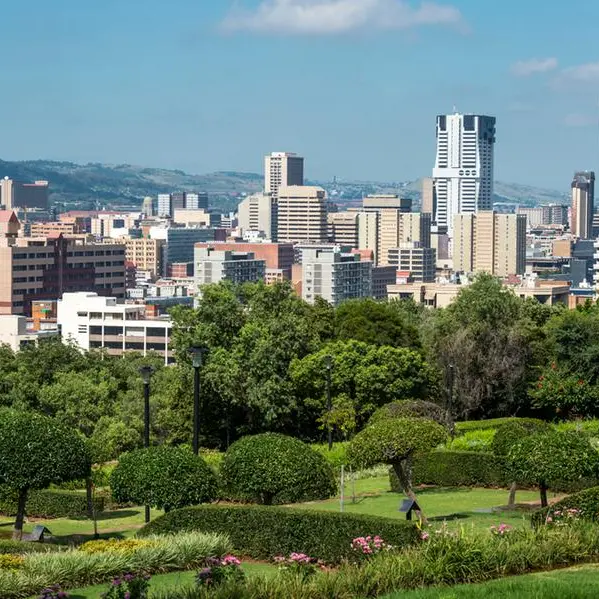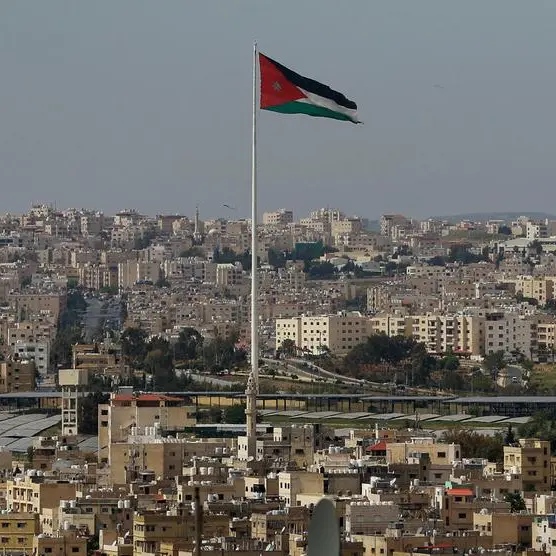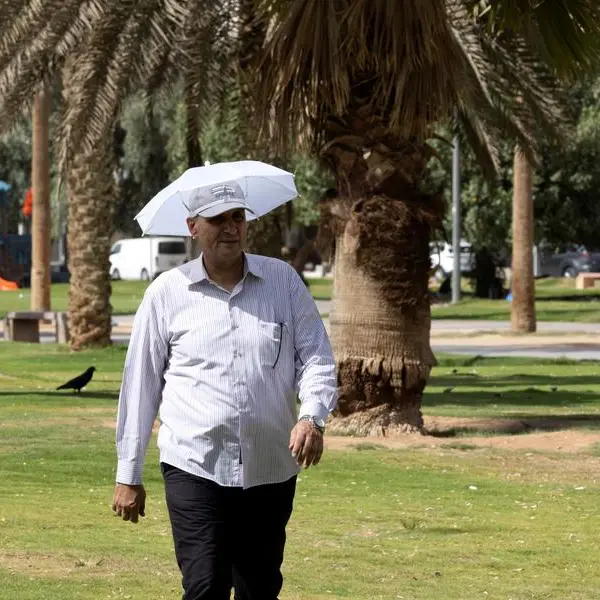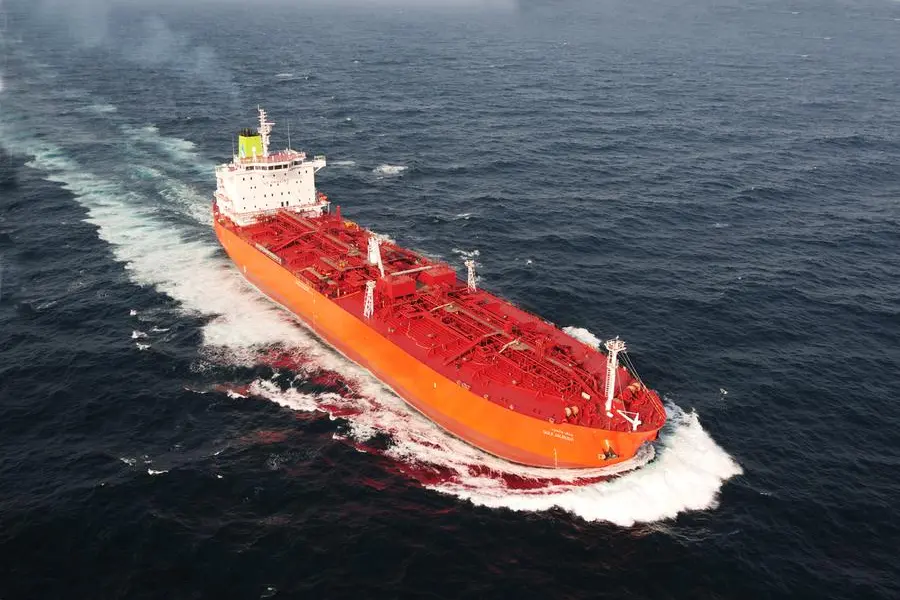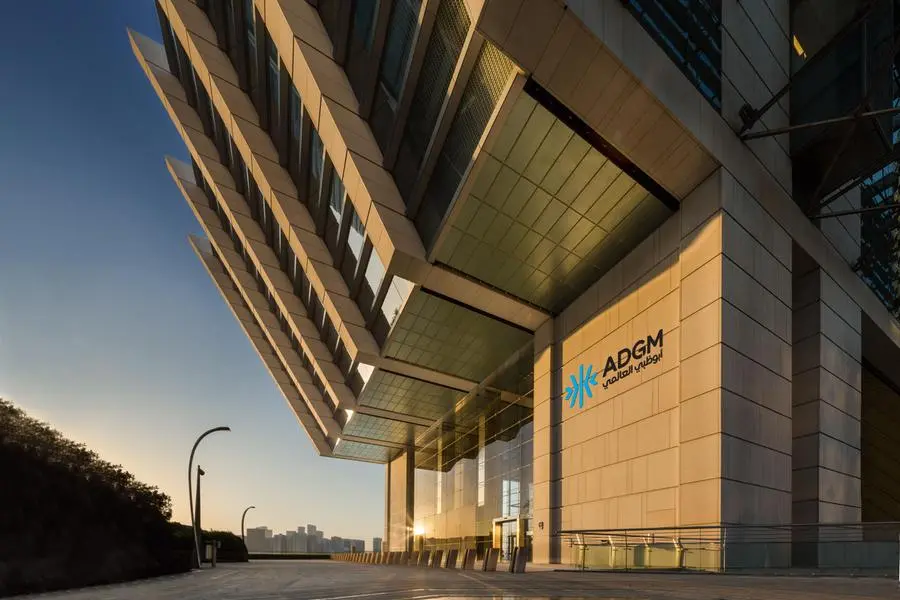PHOTO
Visitors walk outside the tombs at the Madain Saleh antiquities site, al-Ula, Saudi Arabia February 10, 2019.
AlUla: The 14 large-scale sculptures that took shape amid the vast desert landscape of AlUla in Saudi Arabia may have been removed, but their message remains not only for art lovers but for all visitors to the historic site.
The first edition of Desert X AlUla, which ended on March 7, brought artists from across Saudi Arabia, the Middle East and the US together in one of Saudi Arabia’s most idyllic locations.
The event, which opened on Jan. 31 under the auspices of the Saudi Royal Commission for AlUla, was organized by Desert X artistic director Neville Wakefield, and Saudi curators Raneem Farsi and Aya Alireza.
“Having an exhibition such as Desert X at this time in history is of utmost importance,” said Farsi. “Previously the event had been relatively out of reach, but now it is reaching out to the rest of the world.”
Farsi described the exhibition as “a dialogue that goes beyond national borders.”
“It’s a dialogue about art and culture — things that connect us all beyond boundaries,” she said. “Through the exhibition we are all invited to come and be part of this conversation.”
The show, the first large-scale site-responsive exhibition in Saudi Arabia, took its cue from the “land art” movement of the late 1960s and early 1970s, led by figures such as Robert Smithson, Richard Long, Hans Haacke and Dennis Oppenheim.
“My previous experience in land art was limited in scope,” said Saudi artist Zahra Al-Ghamdi, whose work was featured last summer during Saudi Arabia’s second Venice Biennale pavilion. “I used to create work measuring just two by two meters, but I created an 80-meter art installation in my country, and that gives me a unique motivation and energy.”
Al-Ghamdi’s work, “Glimpses of the Past,” consisted of about 6,000 tin date containers laid out across 80 meters against the breathtaking desert backdrop of AlUla. The boxes glimmered in the desert light.
HIGHLIGHTS
• The first edition of Desert X AlUla brought artists from across Saudi Arabia, the Middle East and the US together in one of Saudi Arabia’s most idyllic locations.
• The event was organized by Desert X artistic director Neville Wakefield, and Saudi curators Raneem Farsi and Aya Alireza.
• This unique show, bringing artists from around the world together in a place that was once an ancient crossroads, gave the first edition of Desert X a special poignancy, celebrating not only the beauty of nature but also cross-cultural dialogue. It was about an art that went beyond borders.
As an ode to AlUla’s agricultural wealth, its water springs and palm tree groves, the artist repurposed containers that were originally used for storing and transporting dates. The result was a shimmering ensemble of rectangles that looked like a sparkling river amid the desert landscape.
A short walk away were the large-scale figural and floral works of Lebanese sculptor Nadim Karam. Called “On Parade,” the diverse forms and shapes echoed the movement of the great caravans that passed through AlUla thousands of years ago.
“I always felt that the vastness of the desert holds immense power, and the chance to enter in dialogue with it was a precious opportunity,” said Karam.
“I was not prepared for my encounter with AlUla; the giant and magical rocks, the ancient landmarks of civilizations, and in the imagination, the sound of the slow movement of caravans. Time takes on a different meaning there.”
Saudi artist Rashed Al-Shashai said: “The Saudis have an emotional relationship with the desert, and when you talk to them about it, their hearts are captivated.”
Each artwork had a message. Al-Shashai’s “A Concise Passage,” a pyramidal structure made from plastic pallets normally used for transporting goods, reflected AlUla’s trading history, placing the site as a center for the exchange of both goods and ideas — powerful concepts that were reborn at Desert X Alula.
“Many of the artworks delivered these messages via a metaphorical whisper in the viewer’s ear as if evoking the sound of wind in the desert,” said Al-Shashai.
This unique show, bringing artists from around the world together in a place that was once an ancient crossroads, gave the first edition of Desert X a special poignancy, celebrating not only the beauty of nature but also cross-cultural dialogue. It was about an art that went beyond borders.
“Saudi is a cultured country where art has long been part of our history,” said Farsi. “The grassroots approach over past decades has now taken seed and has reached a national level.”
The exhibition was about “inclusivity” rather than cultural “isolation,” she added.
“I believe that art offers a different perspective and, in turn, fosters understanding based on a shared humanity.”
Copyright: Arab News © 2020 All rights reserved. Provided by SyndiGate Media Inc. (Syndigate.info).
